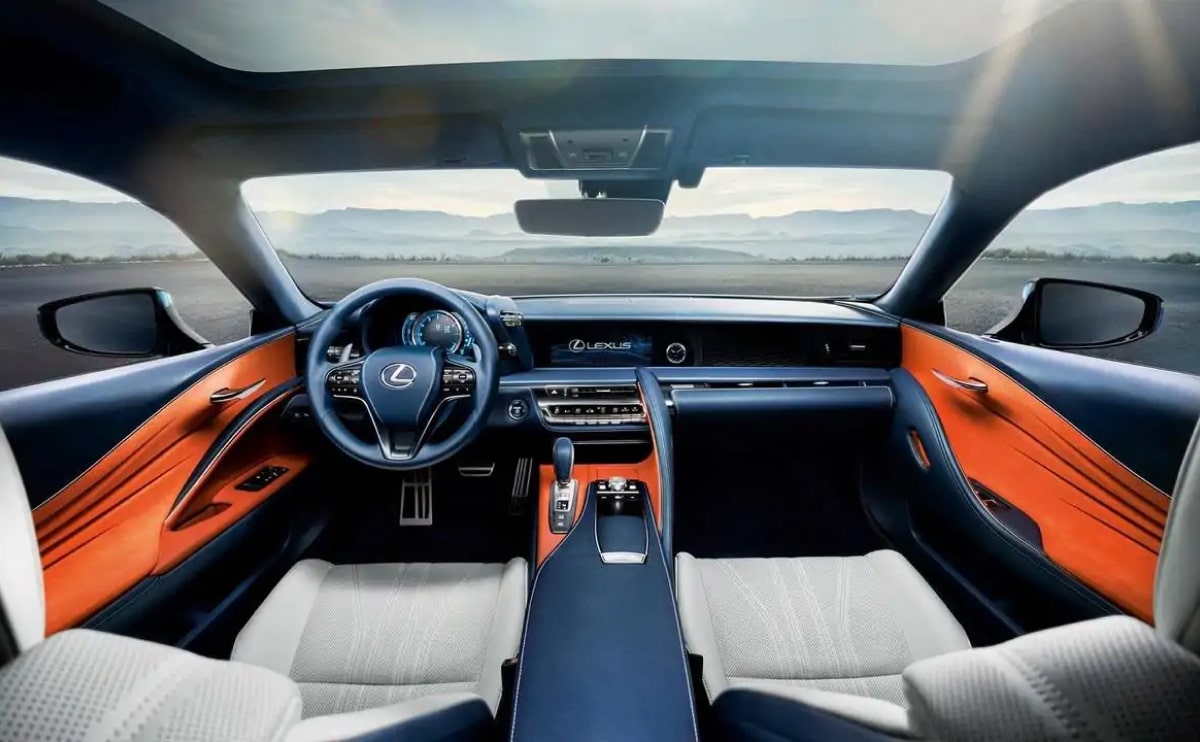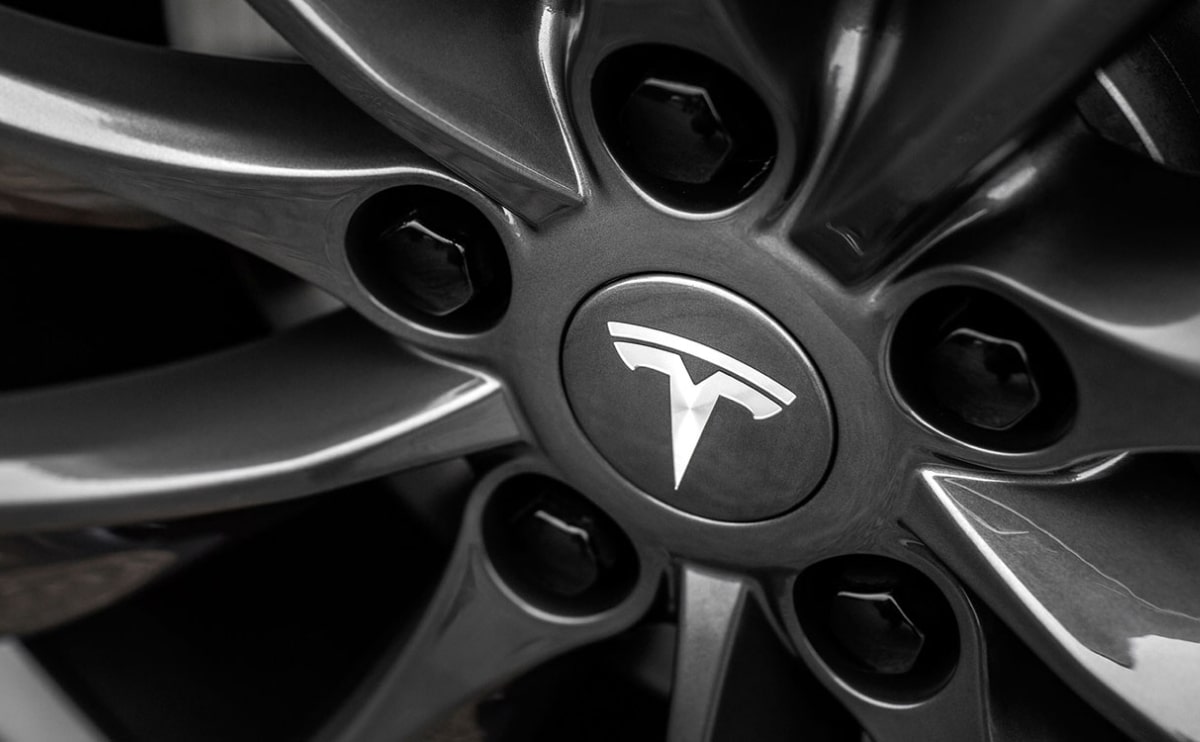Shine Bright: Your Guide to Choosing the Right Car Headlights

Your car's headlights are far more than just a set of bulbs; they are crucial safety features, essential for visibility, and a significant part of your vehicle's overall aesthetic. Whether you're replacing a faulty unit, upgrading for better illumination, or simply want to refresh your car's look, choosing the right headlights can be a dazzling decision.
With advancements in lighting technology, the options available today are brighter and more varied than ever. Let's shed some light on how to choose the perfect car headlights for your ride.
1. Understand the Types of Headlight Technology
Before diving into specific products, it's essential to know the main types of headlight technologies available:
- Halogen: This is the traditional and most common type, found in older and many entry-level modern cars. They are affordable and easy to replace but offer a warmer, yellower light and are not as bright as newer technologies.
- HID (High-Intensity Discharge) / Xenon: These lights produce a much brighter, whiter light than halogens. They are more energy-efficient and last longer but require a ballast to operate and are generally more expensive to replace. They are often found in luxury and higher-trim vehicles.
- LED (Light Emitting Diode): LEDs are the latest and fastest-growing technology. They offer incredibly bright, crisp white light, are highly energy-efficient, and have an exceptionally long lifespan. They also allow for more creative and compact designs, like "angel eyes" or intricate DRL (Daytime Running Light) patterns. While initially more expensive, their longevity often makes them cost-effective over time.
- Laser (Newer, High-End): Primarily found in very high-end or luxury vehicles, laser headlights offer an even longer beam range than LEDs, but they are incredibly expensive and not commonly available in the aftermarket for general upgrades.
2. Define Your Primary Goal
What's driving your headlight upgrade? Your primary goal will significantly influence your choice:
- Improved Visibility/Safety: If your main concern is seeing better at night or in adverse weather, focus on light output (lumens), beam pattern, and color temperature. HID and LED upgrades are usually the best options here.
- Aesthetic Upgrade/Modern Look: If you want to update your car's appearance, look for headlights with unique DRL designs, sequential turn signals, or a blacked-out housing for a more aggressive look. LED options often excel in this area.
- Direct Replacement: If you're simply replacing a broken or cloudy OEM headlight, you might stick with the original technology or consider a direct-fit upgrade that offers slight improvements without major modifications.
- Budget-Friendly Solution: Halogen replacements are the most economical. If you're on a tight budget, consider high-performance halogen bulbs that offer a brighter, whiter light than standard ones.
3. Consider Compatibility and Installation
- OEM vs. Aftermarket: Are you looking for genuine OEM (Original Equipment Manufacturer) parts, or are you open to aftermarket options? Aftermarket headlights can offer unique styles and performance enhancements at varying price points.
- Plug-and-Play vs. Modification: Some aftermarket headlights are designed for direct "plug-and-play" installation, while others might require wiring modifications, coding, or professional installation. Always check the product's compatibility and installation requirements.
- CAN-BUS Systems: Many modern cars use complex CAN-BUS systems. If you're upgrading from halogen to LED or HID, you might need decoders or resistors to prevent "bulb out" warnings or flickering.
- Fitment: Ensure the headlight assembly is specifically designed for your car's make, model, and year. Incorrect fitment can lead to gaps, moisture intrusion, or alignment issues.
4. Look Beyond Brightness: Beam Pattern and Color Temperature
- Beam Pattern: A brighter light isn't always better if the beam pattern is poor. Look for headlights that provide a clear, focused beam with a sharp cutoff to avoid dazzling oncoming drivers. Projector headlights generally offer a more controlled beam than reflector-style ones.
- Color Temperature (Kelvin - K): This refers to the "color" of the light.
- 3000K-4300K: More yellowish, similar to halogen. Good in fog/rain.
- 5000K-6000K: Pure white, often considered the most natural and effective for visibility.
- 6000K+: Bluish tint. While appearing brighter, excessively blue light can cause eye strain and sometimes reduce actual visibility in challenging conditions.
5. Prioritize Quality and Legal Compliance
- Reputable Brands: Invest in headlights from well-known and reputable manufacturers. Cheap, unbranded options often have poor quality control, shorter lifespans, and may not meet safety standards.
- DOT/SAE Compliance: In North America, look for "DOT" (Department of Transportation) or "SAE" (Society of Automotive Engineers) markings, which indicate the headlights meet federal safety standards. Other regions have similar certifications (e.g., E-mark in Europe). Non-compliant headlights can be illegal and unsafe.
- Warranty: A good warranty from the manufacturer provides peace of mind regarding product defects or premature failure.
The Clear View Ahead
Choosing the right car headlights is a decision that impacts both your safety and your car's character. By understanding the different technologies, clarifying your goals, and prioritizing quality and compatibility, you can illuminate your path forward with confidence and style. Drive safe, and let your lights lead the way!










